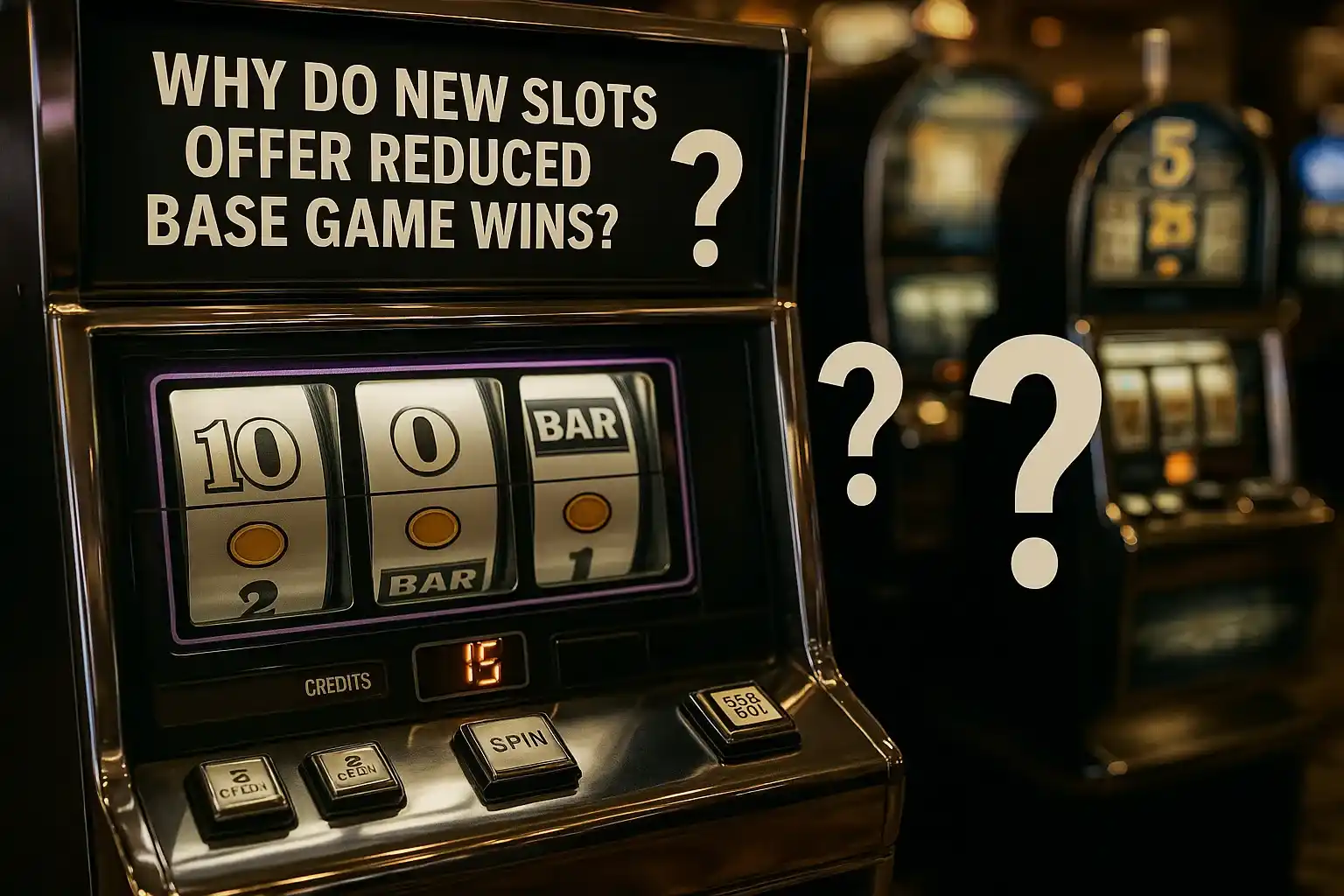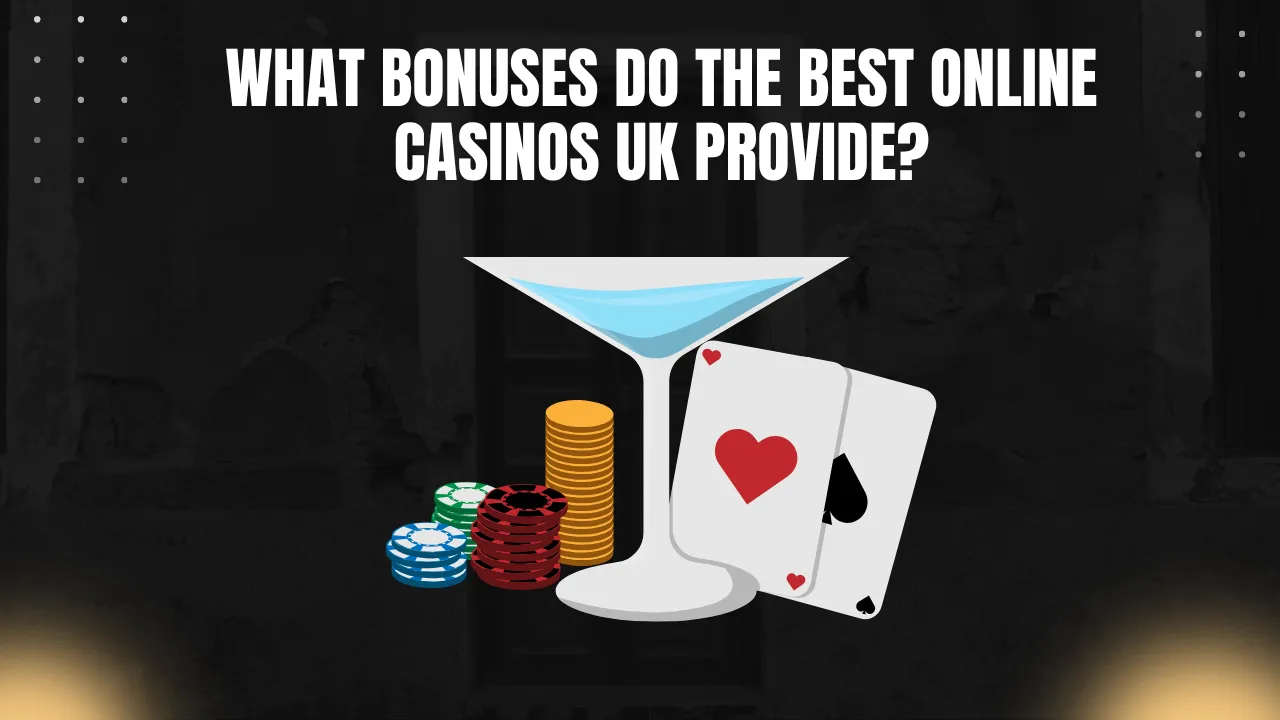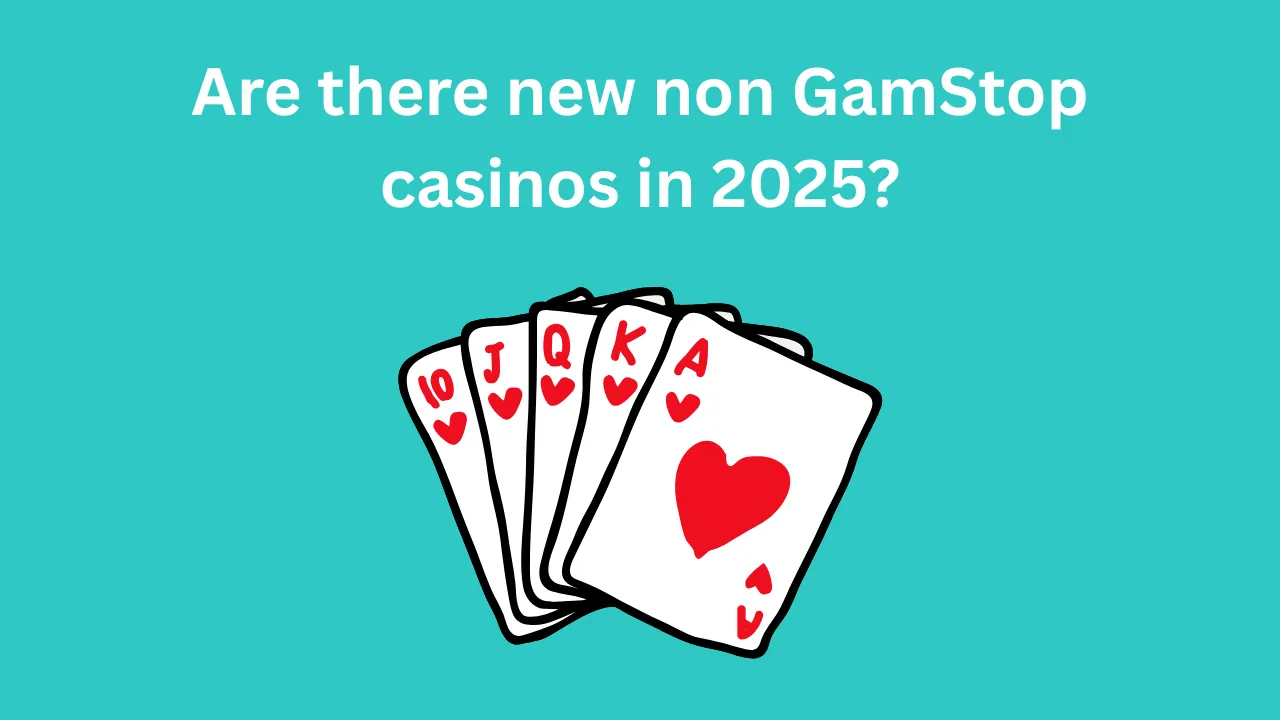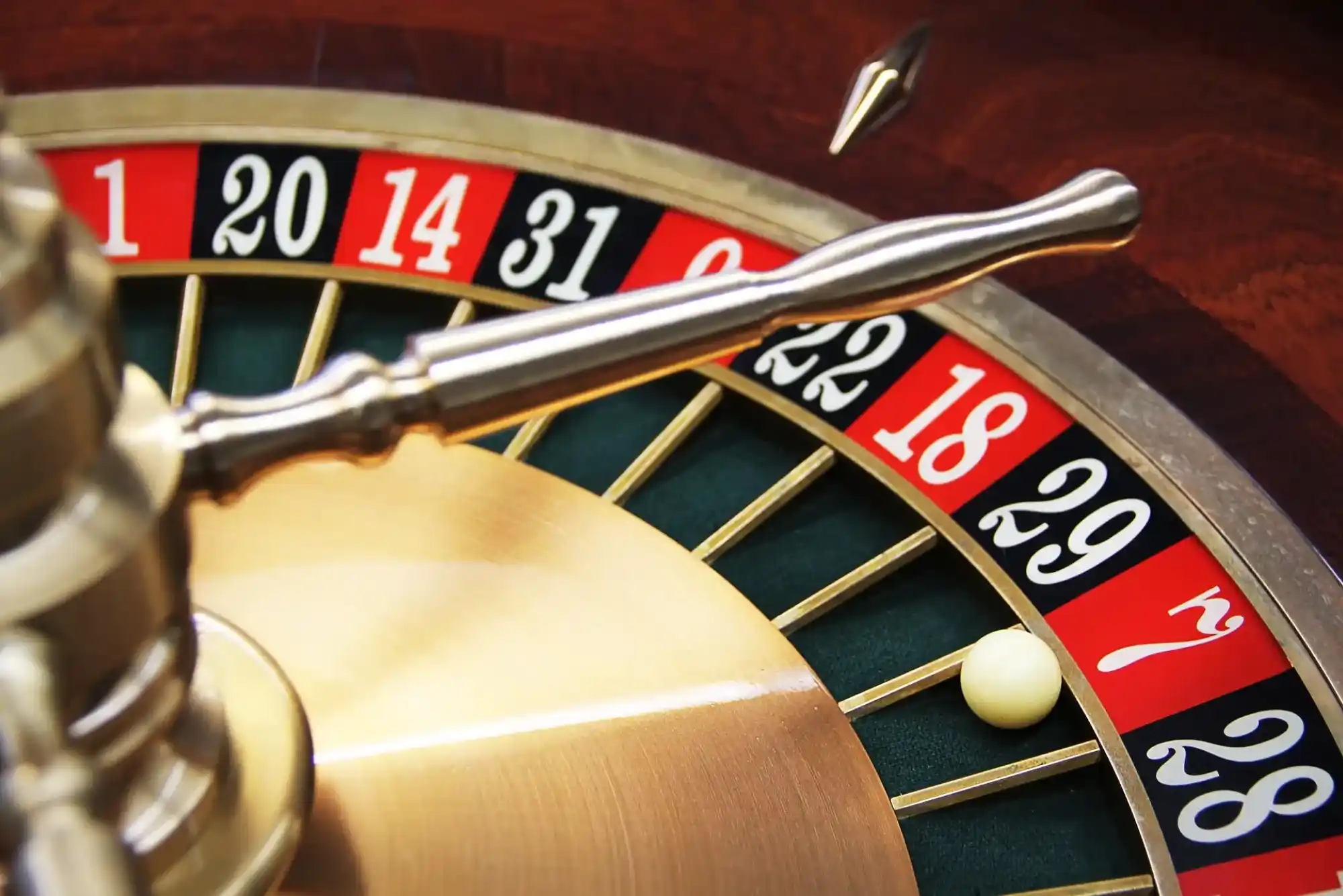As someone who’s tested hundreds of slot titles—dusty mechanical machines in smoky casino halls and sleek digital games on my home PC—I’ve noticed a clear trend: many of today’s new slots deliver smaller payouts in the base game than their predecessors. At first, I found this frustrating; I remembered early video slots rewarding dozens of coin payouts per spin. But after diving into game design and developer interviews, I gained a deeper understanding of why reduced base game wins have become the norm. In this article, we’ll unpack the reasons behind this shift, explore its benefits and drawbacks, and share practical tips for enjoying modern slots responsibly.
The Changing Landscape of Slot Development
In the early 2000s, slot developers competed by maxing out the number of paylines and boosting base game returns to attract players. You’d see machines with 30 or 40 lines, offering small but frequent wins of two to five coins. Online casinos quickly followed suit, adding cascade features and multipliers to keep payouts exciting. But as technology and player expectations evolved, so did game economics.
By the 2010s, the rise of bonus-driven gameplay shifted developer focus away from base spins. Instead of splattering modest wins across countless lines, studios began crafting immersive bonus rounds—free spins, pick-and-click games, unlockable levels—where the big money truly lived. During my time at an online casino test panel, I saw players’ eyes light up more for a well-designed bonus than for a base game drop of 3× their bet.
Balancing Volatility and Player Engagement
Modern slots aim to balance hit frequency and volatility carefully. Reduced base game wins help maintain sustainable volatility. If every spin offered small payouts too often, a game’s volatility would drop, making big jackpots impossible or incredibly rare. This would undermine the thrill of chasing those life-changing payouts. By dialing down base game returns, developers create room for bigger, more rewarding bonus features.
When I chatted with a lead designer at a major studio last year, she explained that trimming base game wins by even 10% can significantly boost a game’s theoretical ROI during bonus triggers. That means more frequent free spin retriggers, larger multipliers, and ultimately, more headline-worthy jackpots. It’s a trade-off: upfront wins feel leaner, but the “wow” moments in bonus rounds become more spectacular.
Practical Implications for Players
Understanding RTP Distribution
You’ve probably seen RTP (Return to Player) percentages like 96% or 97% plastered across casino lobbies. What most players don’t realize is that RTP is an average over millions of spins, not a guarantee of hitting a certain amount every session. Modern slots often allocate a smaller slice of RTP to the base game—say, 70–75%—and reserve the remaining RTP for bonus features. Older slots might split RTP more evenly. This strategic allocation amplifies bonus potential at the expense of frequent small wins.
Managing Bankroll and Expectations
When I first switched from classic slots to newer titles, I struggled with slim base payouts. It felt like I was losing too many spins without any gratification. But once I adjusted my bankroll strategy—betting slightly lower amounts or stopping loss sessions earlier—I began to appreciate the design. The key is understanding that base spins are the ticket to the main event, not the main event itself. Recognizing that mindset shift can prevent frustration and promote responsible play.
The Role of “Non Gamstop Casinos”
For some players, geographic or self-exclusion restrictions push them toward alternative platforms—so-called non non gamstop casinos. These sites can offer different game portfolios and RTP structures, sometimes featuring exclusive titles with unique RTP splits. While the principle of reduced base game wins holds industry-wide, niche casinos might present slightly varied mechanics or bonus opportunities. Always verify licensing and regulatory compliance before playing on such platforms to ensure fair play and responsible gaming protections.
Why the Industry Embraces Reduced Base Wins
Emphasis on Feature-Rich Gameplay
Slot providers compete for attention in crowded markets. A standout bonus feature—innovative mechanics, stunning animations, or interactive elements—earns social media buzz and higher player retention. Developers know that players share their biggest wins on forums and video streams. By making base game wins smaller but bonuses more lucrative, studios generate viral moments. During a recent marketing webinar, I heard that feature-driven content campaigns deliver 40% more free spins from new players than simple base-RTP promotions.
Regulatory and Financial Considerations
Casinos operate under strict financial regulations. Reducing base game wins allows operators to predict revenue streams more accurately and allocate funds for progressive jackpots and feature pools. It also keeps games within volatility guidelines set by regulators, ensuring a responsible gaming environment. I’ve consulted for regulatory bodies, and they appreciate clear separation: base game stays conservative, bonus rounds carry higher risk and reward.
How to Choose the Right Slot for You
Checking Volatility Ratings
Most online casinos label slots as low, medium, or high volatility. Low-volatility games give frequent but small payouts—ideal if you crave base wins. Medium and high volatility tend to offer the type of reduced base game wins we’re discussing, but compensate with more exciting bonus potential. If you prefer occasional thrills over steady drops, look for higher volatility titles.
Sampling Demo Versions
Before staking real money, try demo versions. I often spend 15–20 minutes on the free play mode to gauge base game hit frequency and bonus triggers. It’s an invaluable step. You’ll see whether three-of-a-kind or two minor wild icons drop often enough to keep you engaged until the bonus activates. If it feels too barren, move on.
Real-World Example: Comparing Classic vs. Modern Slots
Consider two hypothetical games from the same provider. The first, “Golden Reels Classic,” offers a 96% RTP equally split between base spins and free spins. The base game pays small wins roughly every three spins. The bonus round maxes out at a 200× multiplier. The second, “Golden Reels Evolution,” also has a 96% RTP but allocates 75% to bonus features. In the base game, small wins occur every six spins—a noticeable slowdown—but the free spins can hit a 1,500× multiplier thanks to weighted symbol distributions. Players seeking that big hit will favor Evolution, accepting the leaner base game as a worthwhile sacrifice.
Conclusion: Embracing the New Normal
The era of generous base game payouts in every spin is fading, replaced by a model centered around feature-rich bonus content. Reduced base game wins are not a ploy to trick players but a deliberate design choice balancing volatility, RTP, and player engagement. Understanding this shift empowers you to choose games wisely, manage your bankroll, and enjoy those thrilling bonus rounds that make modern slots unforgettable.








